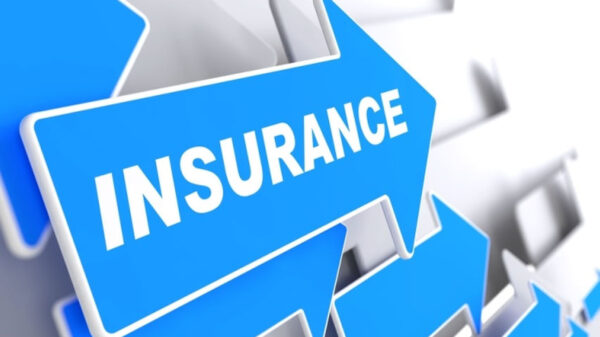Rate shock” for British mortgage borrowers might not provide a boost for the banks
Mortgage borrowers who were hoping for more affordable rates were disappointed last week, as disappointing economic data increased the likelihood of borrowing costs remaining higher for a longer period.
The annual inflation rate dropped to 3.2% in March, just missing City expectations of a decrease to 3.1%. However, this slight deviation prompted investors to reduce their bets on an immediate cut to interest rates. Financial markets, previously anticipating the Bank of England’s first interest rate cut in June, are now predicting that the reduction might not occur until September or November.
This delay could pose challenges for many of the 1.6 million mortgage borrowers identified by industry association UK Finance. These borrowers are set to transition from cheaper fixed-rate mortgages to higher rates this year.
Charles Roe, UK Finance’s director of mortgages, noted that households accustomed to monthly payments tied to sub-1% interest rates in recent years will now face higher payments linked to the current 5.25% base rate. This situation leaves borrowers with a choice: lock in rates now or take a chance on floating rates in anticipation of potential Bank of England action later in the year.
On a positive note, Roe mentioned that most reversion rates, to which borrowers revert if they do not opt for a new fixed term, are much lower than the near-10% rates seen for some new mortgages this year. Additionally, lenders have ensured that borrowers can afford higher repayments.
ALSO READ: U.S. Mortgage Rates Surge to Four-Month High, Signaling Challenges for Real Estate Recovery
However, even if policymakers do cut rates this year, it is unlikely to significantly reduce near-term borrowing costs. Chris Sykes, technical director at mortgage broker Private Finance, explained that lenders are already factoring in and passing on the expected drop in base rates over the next few years. This may lead to a slight reduction in rates after the initial drop but not a substantial one. Sykes also pointed out that it may take 18 months to two years to see a slightly lower-rate environment, but many mortgages could still hover around the 4% mark as the new standard.
While higher interest rates have been advantageous for lenders, allowing them to charge more for loans and mortgages and increase revenues, these benefits are diminishing. Danni Hewson, head of financial analysis at AJ Bell, noted that competition, the apparent end to interest rate hikes from the Bank of England, and political and public pressure could signal a plateau or decline in net interest margins, impacting profits for banks.
This narrative sets the stage for a potentially underwhelming set of first-quarter results expected this week from the UK’s four largest banks. Lloyds, the country’s largest mortgage lender, is anticipated to announce a 26% decrease in pre-tax profits to £1.7bn for the three months ending in March, reflecting projections of lower net interest income and increased impairment charges. Investors are also keen on updates regarding the Financial Conduct Authority’s probe into potential inflated prices for car loans, particularly as Lloyds, with the largest car loan division among the four banks, has allocated £450m for potential liabilities, well below analysts’ estimates. Barclays is also expected to report a 15% decline in pre-tax profits to £2.2bn, despite a potentially strong showing from its investment bank.

For comments, Feedback and Opinions do get in touch with our editor on WhatsApp: +44 7949 297606.




















































